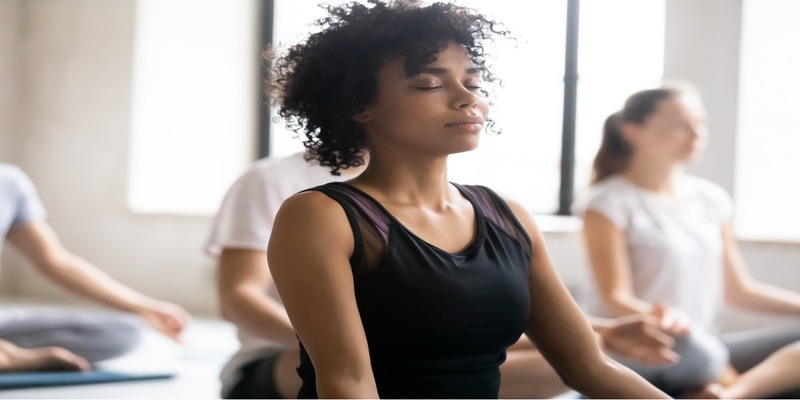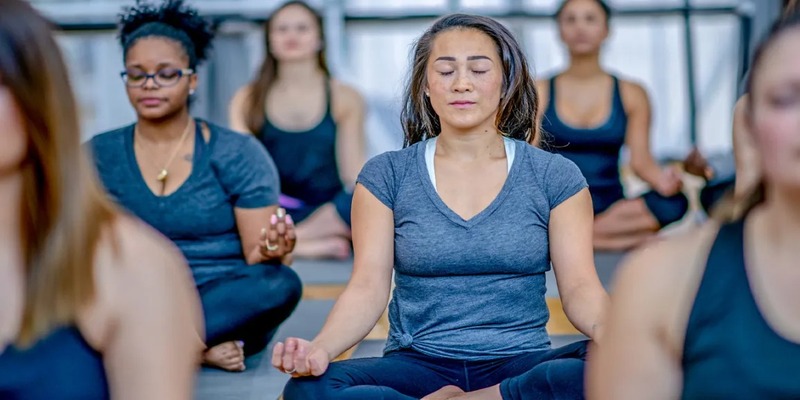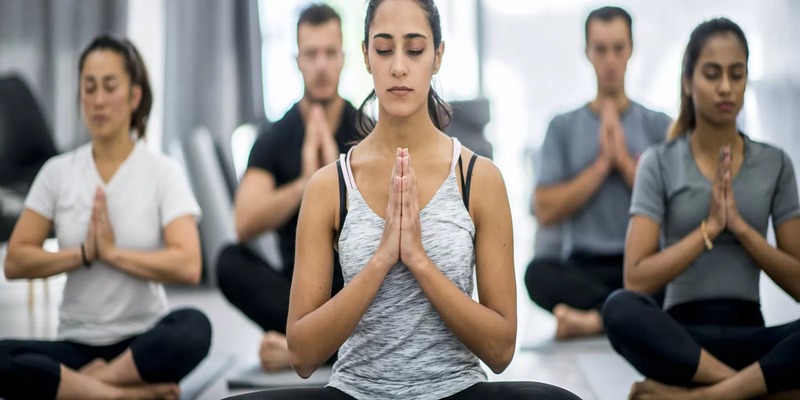
breathing exercises to ease your anxiety during stressful times
Jan 31, 2023
The act of breathing is so fundamental to survival that most people don't give it any consideration. As you take a deep breath, oxygen enters your bloodstream, and carbon dioxide leaves your body. Carbon dioxide is recirculated and exhaled as a waste product.
Anxiety, panic attacks, exhaustion, and other physical and mental issues can be exacerbated by improper breathing, which disrupts the body's natural exchange of oxygen and carbon dioxide. The next time worry sets in, try one of several anxiety-breathing exercises. Find out how to calm your nerves and tension with simple breathing techniques.
Extend Your Exhalation

In some cases, taking deep breaths won't help you relax. A connection exists between the sympathetic nervous system, which regulates the body's "fight or flight" mechanism and taking a deep breath. However, the parasympathetic nervous system, which is connected to the exhalation process, affects our capacity to slow down and rest.
If you take too many deep breaths too soon, you may start hyperventilating. When you puff, less oxygen-rich blood is sent to your brain. When nervous or stressed, it's more natural to breathe too rapidly, resulting in hyperventilation, despite conscious efforts to slow the respiratory rate.
- If you need to take a deep breath, consider exhaling entirely first. It would help if you exhaled forcefully and allowed your lungs to breathe air.
- Now, attempt to exhale for a slightly more extended period than you do to inhale. For instance, try breathing in for four seconds and out for six.
- It would be best to give it a shot for a few minutes. Depending on your preference, this method may be performed while standing, sitting, or lying down.
Breath Concentration
Anxiety can be alleviated with deliberate, calm deep breathing. This method is best practiced when relaxing in a comfortable position, such as sitting or lying down. Then:
- Feel how natural breathing changes your body. Check yourself out in your mind. You may become aware of physical stress that you were previously oblivious to.
- Stop what you're doing and take a few deep breaths through your nose.
- Feel your upper body and belly spreading.
- Relax your breathing in any way you choose, sighing if it makes you feel better.
- Pay attention to the movement of your belly button for many minutes.
- While exhaling, say a word you've chosen to focus on. Adequate words include "safe" and "peaceful."
- Visualize the inhalation as a soothing wave that washes over you.
- Visualize your outgoing breath as a vehicle for the release of distressing ideas and feelings.
- Refocus on your breath and what you're saying softly when you become sidetracked.
Mutual Inhalation
Equal breathing is another method of breathing derived from pranayama yoga. That's right; your inhalation and exhalation should have the same duration. Whether seated or lying down, equal breathing is a viable technique. Get comfortable in whichever pose you end up adopting.
- Close your eyes and take a few deep breaths while focusing on your breathing pattern.
- Then, count to four while you take deep breaths through your nose.
- Inhale for a count of four seconds, and then release your breath.
- Pay attention to the sensations of fullness and emptiness in your lungs as you inhale and exhale.
You may find that your second count changes as you maintain a routine of equal breathing. Maintain a constant distance between your in and out-breaths.
Resonance Breathing

Practicing resonant breathing, also known as coherent breathing, can be pretty beneficial in reducing stress and anxiety. So that you may give it a shot:
- Lay down on your back and close your eyes.
- Try taking six slow, deep breaths via your nose while keeping your mouth closed.
- It would help if you didn't overfill your lungs with air.
- Let your breath leave your body slowly and softly for six seconds. Trying too hard is likely to backfire.
- There might be a 10-minute extension.
Lion's Roar
To perform a lion's breath, one must exhale with great power. If you want to give lion's breath a go, what you do is:
- To pray, kneel with your legs crossed and your feet flat on the floor. Sit cross-legged if you prefer a more relaxed posture.
- Spread your fingers and arms out in front of your knees.
- Inhale slowly and deeply through your nostrils.
- Exhale completely through your mouth and let out a hearty "ha."
- As you let out your breath, open your mouth as wide as possible and extend your tongue as far as it will go, bringing it as close as possible to the tip of your chin.





